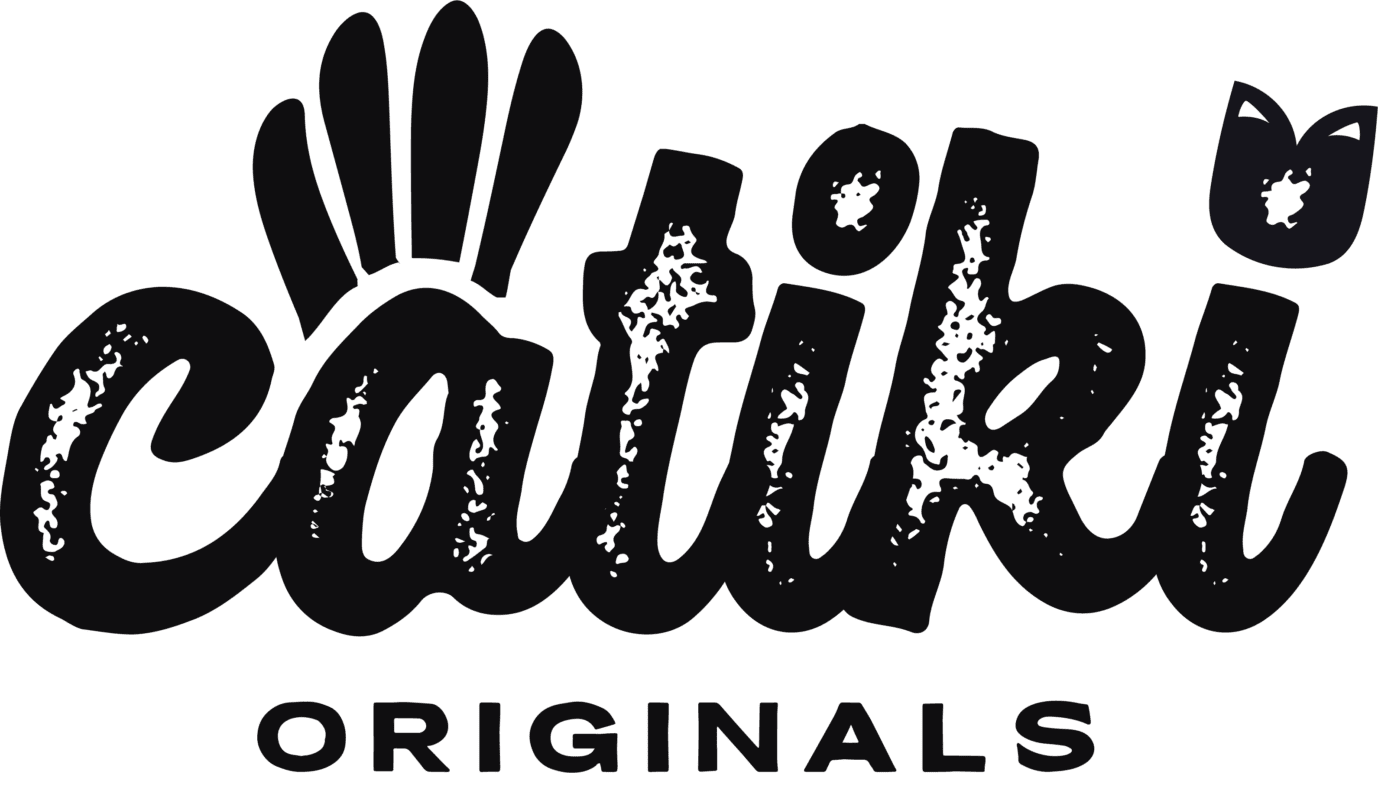Tiki culture is not just about exotic cocktails and themed bars; it’s a vibrant art movement that captures the spirit of Polynesia through a mix of traditional motifs and modern flair. At the core of Tiki’s charm is its unique art form, an eclectic blend that draws from ancient Polynesian symbols, mid-century modern design, and a dash of kitsch.
This artistic expression is a crucial element of the immersive Tiki experience, transporting enthusiasts to a fantastical realm of gods, monsters, and tropical paradises. Let’s explore the colorful world of Tiki art and artists, highlighting how their work continues to shape and inspire Tiki culture today.
The Roots of Tiki Art
Tiki art finds its origins in the rich mythology and art of the Polynesian islands, where carved wooden figures (Tikis) were believed to house spiritual power. When Tiki culture gained popularity in the mid-20th century, artists began to reinterpret these traditional forms for American audiences, infusing them with elements of pop culture, surrealism, and even comic art. This fusion created a distinctive style that is whimsical yet rooted in ancient tradition.
Prominent Tiki Artists
- Shag (Josh Agle): Perhaps the most recognizable name in contemporary Tiki art, Shag’s work is known for its bold colors, retro-inspired aesthetics, and scenes of sophisticated revelry in Tiki settings. His paintings evoke a mid-century modern utopia, populated by stylish characters and Tiki icons.
- Bosko Hrnjak: A pioneer in the revival of Tiki art, Bosko’s work is deeply influenced by traditional Polynesian carvings. He is renowned for his hand-carved Tikis, which grace many of the world’s most famous Tiki bars. His work extends to paintings and ceramics, all imbued with a sense of authenticity and respect for Polynesian culture.
- Tiki Tony (Tony Murphy): With a whimsical approach to Tiki art, Tiki Tony creates pieces that are playful and imaginative. His work ranges from Tiki mugs to paintings and sculptures, all characterized by their fun, cartoonish style. Tiki Tony’s art captures the joy and escapism at the heart of Tiki culture.
The Role of Art in Tiki Culture
Tiki art is essential in creating the immersive experience that defines Tiki bars and gatherings. From the intricate carvings that guard the entrance to a Tiki bar to the exotic murals that adorn its walls, art sets the stage for the Tiki experience. It is a visual language that communicates the ethos of Tiki culture: a celebration of the exotic, the mystical, and the fantastical.
Artists also contribute to the community through the creation of Tiki mugs, a cornerstone of Tiki collectible culture. These mugs are not just vessels for cocktails; they are works of art in their own right, often custom-designed by artists to reflect specific themes or stories. Collecting Tiki mugs has become a passion for many enthusiasts, further testament to the integral role of art in Tiki culture.
Tiki art and artists play a vital role in the ongoing evolution of Tiki culture, bridging the past and the present, the traditional and the modern. Through their creativity and vision, these artists ensure that Tiki remains a dynamic and engaging cultural movement. As Tiki culture continues to thrive and expand, the art that defines it serves as a reminder of the power of imagination to create worlds of wonder and delight.
Discover more from Catiki Originals
Subscribe to get the latest posts sent to your email.

